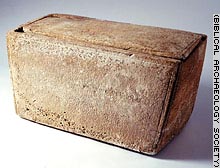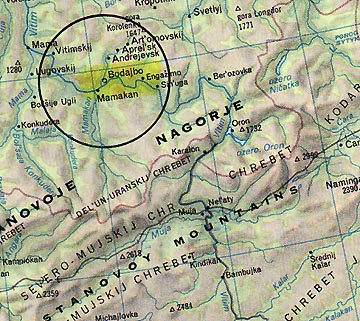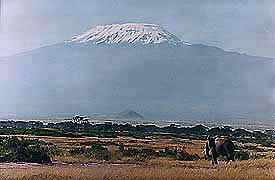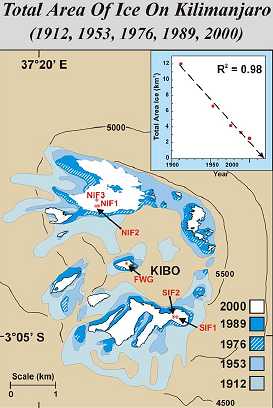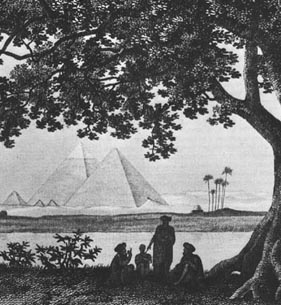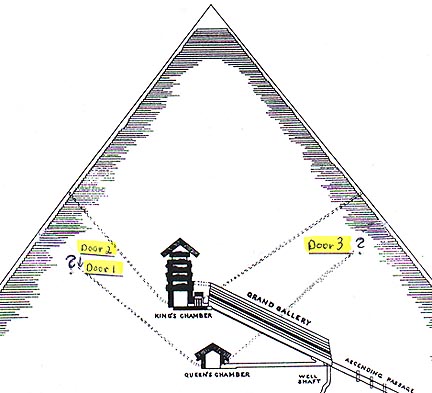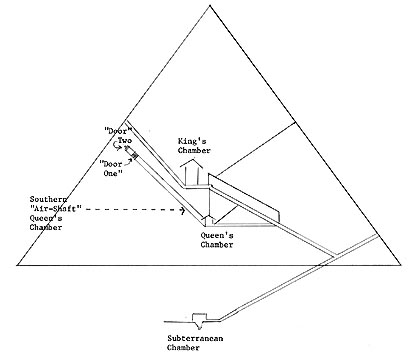
October 26, 2002 Washington, D. C. - A former Chief of Staff in the Clinton White House met with reporters at the Press Club in Washington, D. C. on Tuesday, October 22, to talk about Area 51 in Nevada and its relationship to UFOs. John Podesta was President Bill Clinton's Chief of Staff, is a visiting professor at the Georgetown University Law Center, and now runs a public relations firm in Washington called PodestaMattoon. Earlier this year he was hired by the State of Nevada to lobby Congress into rejecting using the Yucca Mountain site northwest of Las Vegas as a nuclear waste repository. He was not successful.
Click here to subscribe and get instant access to read this report.
Click here to check your existing subscription status.
Existing members, login below:


